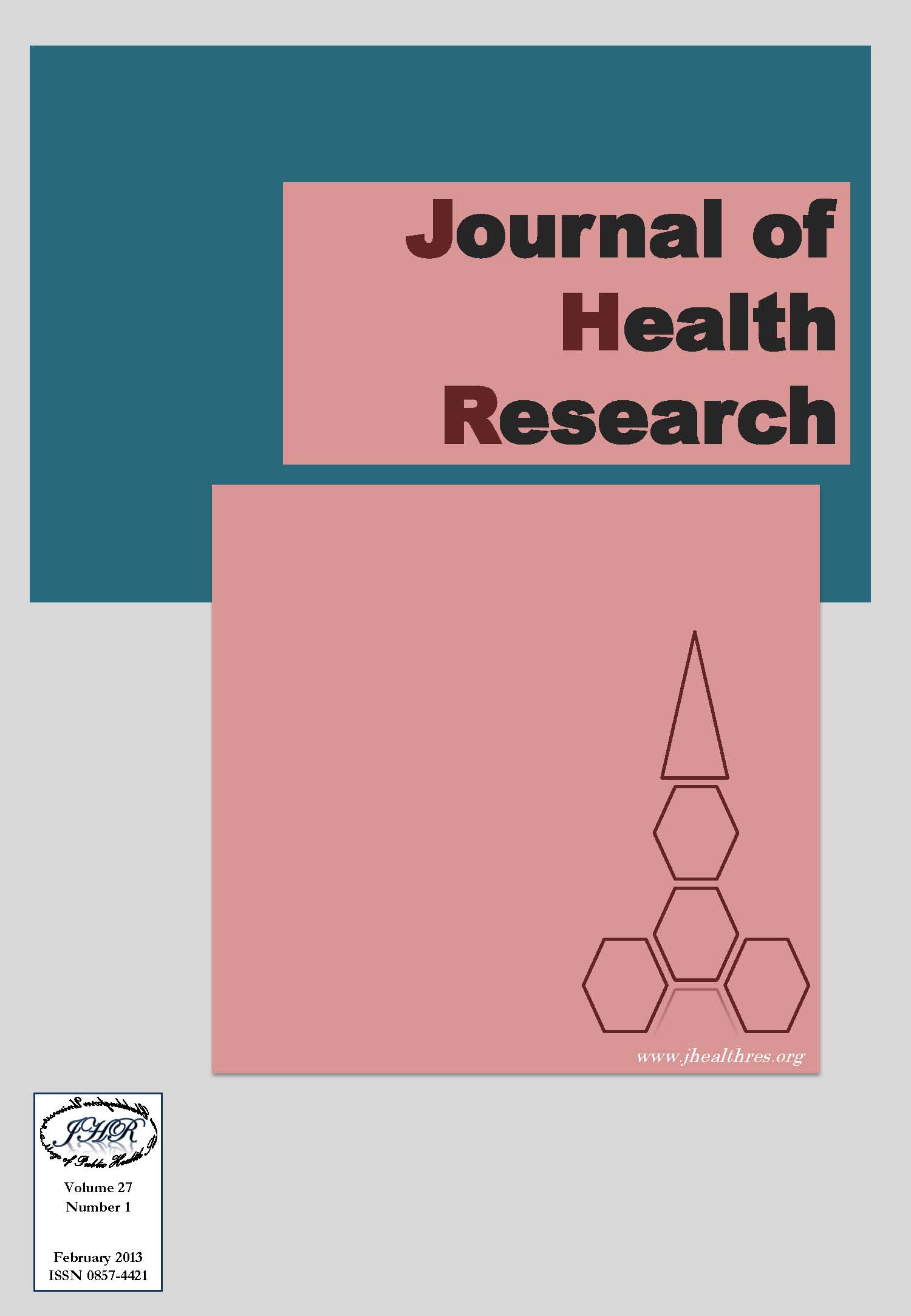Distribution And Emergence Of Chloroquine-Resistant Plasmodium Vivax
Keywords:
Plasmodium vivax, chloroquine resistance, DistributionAbstract
Plasmodium vivax is the second most geographically widespread human malaria parasite. The global burden of P. vivax malaria is approximately 70-80 million cases annually. Chloroquine given together with primaquine is currently the first-line treatment for P. vivax. P. vivax resistance to chloroquine has however been reported in several endemic areas, particularly Southeast Asia, the area with the greatest P. vivax burden. Emergence of chloroquine-resistant P. vivax (CRPV) imposes a significant impact on the control strategies and treatment policies in these endemic regions.
Downloads
How to Cite
Rungsihirunrat, K., Kuesap, J., Chaijaroenkul, W., & Na-Bangchang, K. (2017). Distribution And Emergence Of Chloroquine-Resistant Plasmodium Vivax. Journal of Health Research, 27(1), 57–65. retrieved from https://he01.tci-thaijo.org/index.php/jhealthres/article/view/85760
Issue
Section
REVIEW ARTICLE







